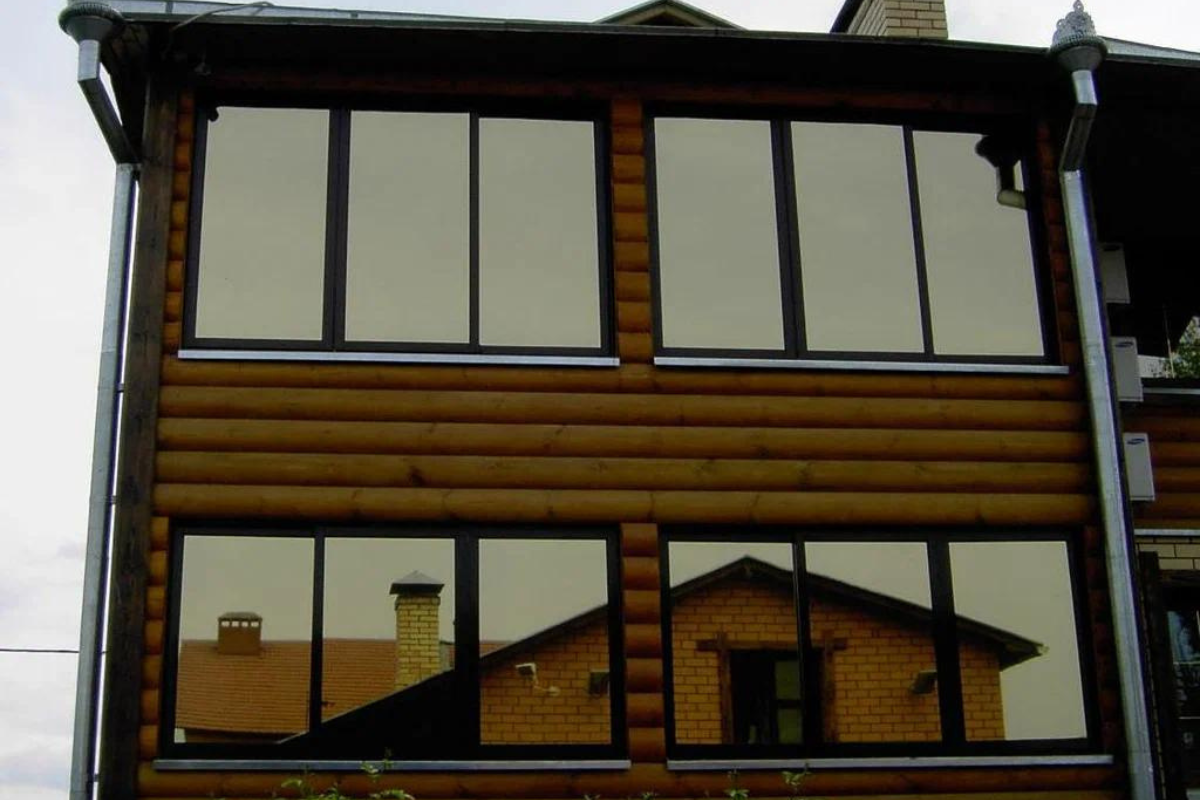Reflective window tinting is rapidly gaining attention as a sustainable solution for modern homes and businesses. As we increasingly prioritize energy efficiency and eco-friendly choices, reflective window films are proving to be a vital component in reducing our carbon footprint. But what exactly makes reflective window tint a sustainable choice, and why should you consider it for your property?
In this comprehensive guide, we will delve into the multifaceted benefits of reflective window tint, highlighting how it contributes to sustainability, energy efficiency, and overall environmental responsibility.
Energy Efficiency: Reducing Heat and Cooling Costs
One of the primary reasons reflective window tint is considered sustainable is its ability to enhance energy efficiency. Traditional glass windows allow heat to penetrate inside, especially during the summer months. This increased heat leads to a higher demand for air conditioning, driving up energy consumption and costs. Reflective window tint blocks a significant portion of the sun’s heat, thus reducing the need for excessive cooling.
By reflecting heat away from the interior space, reflective tints create a more comfortable environment without relying heavily on artificial cooling methods. This reduction in energy usage directly translates to lower utility bills and less strain on the power grid, particularly during peak energy consumption periods. Over time, this increased energy efficiency can result in significant cost savings and a reduced carbon footprint.
Lowering Carbon Emissions and Environmental Impact
Reflective window tint not only reduces your property’s reliance on energy-intensive cooling systems, but it also contributes to lowering overall carbon emissions. When your HVAC system doesn’t have to work as hard to maintain a comfortable indoor temperature, it consumes less electricity. Given that a large portion of the world’s electricity is still generated from fossil fuels, using less power means fewer greenhouse gases are released into the atmosphere.
This reduction in carbon emissions makes reflective window tint an essential part of any sustainable building strategy. It allows homeowners and businesses to minimize their environmental impact without compromising comfort or aesthetics. With a growing emphasis on climate change mitigation, any step taken to reduce energy consumption and emissions is a move towards a more sustainable future.
UV Protection: Preserving Interiors and Reducing Waste
Reflective window tint provides exceptional protection against harmful ultraviolet (UV) rays, which can cause significant damage to interiors over time. Prolonged exposure to UV rays can lead to fading of furniture, flooring, and other interior elements, necessitating more frequent replacements. This not only adds to your expenses but also contributes to environmental waste.
By installing reflective window tint, you can extend the lifespan of your interior furnishings and reduce the need for replacements, thus minimizing waste and supporting a more sustainable lifestyle. Additionally, reflective tints help preserve the quality of electronic devices and artwork that may otherwise degrade due to prolonged UV exposure. This added protection plays a crucial role in reducing both waste and the demand for new materials, both of which are integral to a sustainable future.
Increased Privacy and Security
While energy efficiency and UV protection are among the primary sustainability benefits of reflective window tints, it’s also important to note their role in enhancing privacy and security. Reflective tints provide a one-way mirror effect, allowing individuals inside the building to see out while preventing outsiders from easily looking in. This increased privacy eliminates the need for additional coverings, such as blinds or curtains, which require resources to produce and can contribute to waste over time.
Moreover, reflective window tints can improve the security of your property. The film makes it more difficult for windows to shatter, either from accidents or break-ins. This added layer of protection reduces the need for repairs or replacements, contributing further to the sustainability of your building by extending the lifespan of your windows and reducing waste.
Durability and Longevity of Reflective Window Tint
Another factor that makes reflective window tint a sustainable choice is its durability. High-quality reflective tints are designed to withstand the test of time, lasting for many years with minimal maintenance. Unlike other solutions that may require frequent replacements or upgrades, reflective window tint provides a long-lasting solution that requires fewer resources over its lifetime.
The durability of reflective tints reduces the demand for replacement materials, which directly translates to a lower environmental impact. Fewer replacements mean fewer raw materials need to be extracted, processed, and transported, all of which contribute to carbon emissions. Therefore, investing in reflective window tint not only provides immediate energy savings but also long-term sustainability benefits through reduced material waste.
Enhanced Daylight Use and Reduced Artificial Lighting
Reflective window tinting doesn’t completely block natural light. Instead, it optimizes the amount of daylight entering your space, allowing for ample illumination while reducing heat. This controlled natural light decreases the need for artificial lighting, particularly during the daytime. By relying more on daylight, you can further lower your energy consumption and reduce the environmental impact associated with electricity generation.
Incorporating reflective window tint into your property encourages the use of renewable, natural sunlight over energy-draining artificial lights. This not only cuts down on electricity costs but also promotes a healthier indoor environment by providing natural light that has been shown to improve mood and productivity.
Compliance with Green Building Standards
As sustainable building practices continue to evolve, more properties are being designed to meet green building standards such as LEED (Leadership in Energy and Environmental Design) and ENERGY STAR certifications. Reflective window tint plays a key role in achieving these certifications by contributing to energy efficiency, indoor environmental quality, and reduced emissions.
By installing reflective window tints, property owners can align with sustainable design principles, enhancing the overall eco-friendliness of their buildings. Many green building standards now recognize the importance of window tinting as an energy-saving measure, and incorporating it into your project can improve your chances of earning certification.
Cost Savings and Return on Investment (ROI)
Reflective window tinting provides an excellent return on investment (ROI) for both residential and commercial properties. While there is an upfront cost associated with installation, the long-term savings on energy bills and reduced maintenance make it a financially sound investment. These cost savings are not just monetary but also environmental, as the reduction in energy use directly correlates with reduced carbon emissions.
In addition, many municipalities and utility companies offer incentives or rebates for energy-efficient upgrades such as reflective window tints. These incentives can further offset the initial investment and make it even more appealing for property owners looking to make sustainable choices.
Reflective window tint is more than just an aesthetic enhancement; it’s a powerful tool for promoting sustainability, reducing energy consumption, and minimizing your environmental footprint. Its ability to lower energy costs, reduce carbon emissions, and protect interiors makes it a smart, eco-friendly investment for any property owner.








